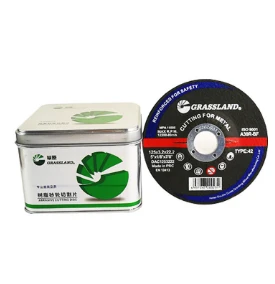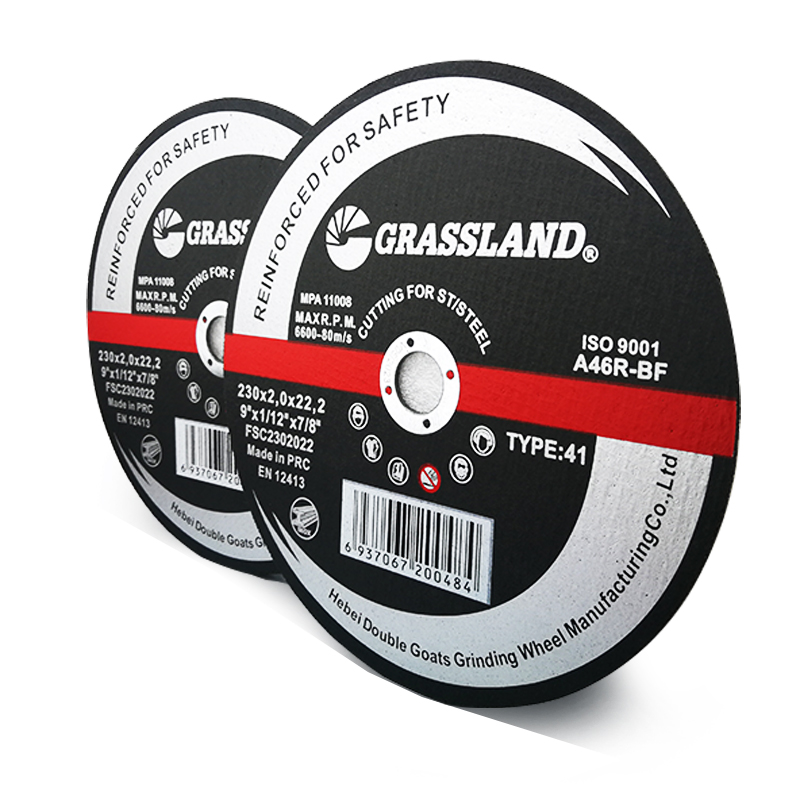The Evolution and Significance of Slitting Discs in Manufacturing
In the realm of manufacturing and engineering, slitting discs play a vital role in shaping materials and refining processes. These precision-engineered tools, often crafted from high-grade steel or diamond-coated materials, are designed to cut through various substrates with exceptional accuracy and efficiency. Over the years, the design and application of slitting discs have evolved significantly, leading to advancements in technology and a broader understanding of their importance in various industries.
Slitting discs, also known as cutting wheels or blades, are primarily employed in metal processing, plastic fabrication, and even in the textile industry. Their primary function is to slice through materials without causing undue stress, deformation, or damage. One of the critical characteristics of slitting discs is their thin profile, which allows for minimal material waste during the cutting process. This efficiency is not only economically advantageous but also contributes to a more sustainable manufacturing process.
Historically, the use of slitting discs can be traced back to early metalworking techniques. As industrial processes became more sophisticated, so too did the tools required for such tasks. The introduction of abrasive materials and advancements in manufacturing technology led to the development of high-performance slitting discs. These modern discs are engineered for specific applications, ranging from general-purpose cutting to specialized tasks involving hard-to-machine materials.
The composition of slitting discs is crucial in determining their performance
. Typically, they are made from materials such as aluminum oxide, silicon carbide, or diamond, depending on the intended application. Each material offers unique characteristics; for instance, diamond discs are preferred for cutting hard materials like ceramics and glass, while aluminum oxide discs are commonly utilized for cutting ferrous metals. The correct selection of a slitting disc can dramatically affect the cutting efficiency, lifespan of the blade, and the quality of the finished product.slitting disc

In addition to material composition, the design of slitting discs has also undergone significant changes. Innovations such as segmented blades and various bonding technologies have been introduced to enhance cutting performance and reduce wear. Furthermore, advancements in computer-aided design (CAD) and computer numerical control (CNC) machining have allowed for the creation of discs that are tailored to specific cutting requirements, leading to improved precision and consistency in manufacturing processes.
The significance of slitting discs transcends the boundaries of manufacturing. They are integral to industries such as automotive, aerospace, and construction, where precise cuts are necessary for the durability and performance of components. The growing trend towards lightweight and high-strength materials in these sectors further emphasizes the need for effective cutting solutions, a role that slitting discs fulfill with remarkable efficiency.
Moreover, as the world moves towards more automated and high-speed manufacturing processes, the demand for high-performance slitting discs is expected to continue rising. Manufacturers are increasingly focusing on high-quality, long-lasting cutting tools that can withstand the rigors of modern production environments. This ongoing evolution reflects a broader commitment to enhancing productivity while minimizing waste and operational costs.
In conclusion, slitting discs are far more than simple cutting tools; they represent a blend of engineering prowess and innovation that has transformed manufacturing processes across various industries. As technology continues to advance, slitting discs will undoubtedly evolve further, enabling more efficient and sustainable approaches to material processing and production. The future of slitting discs is bright, promising to enhance the capabilities of manufacturers and the quality of their products worldwide.
Post time:Dec - 03 - 2024

















